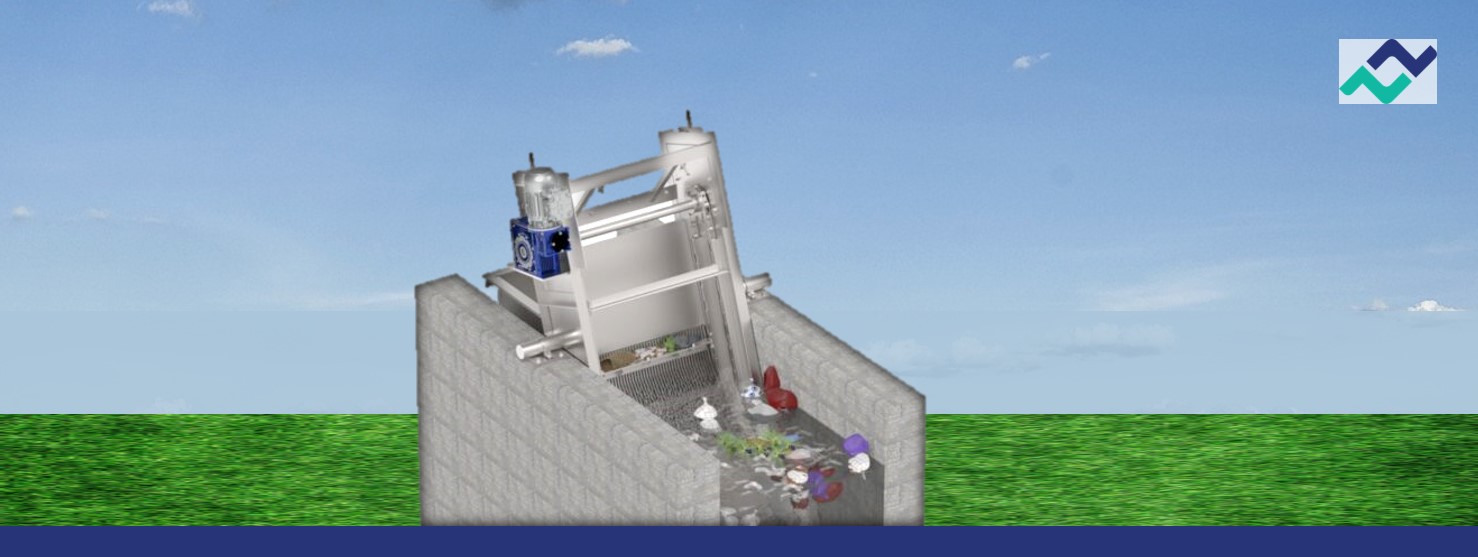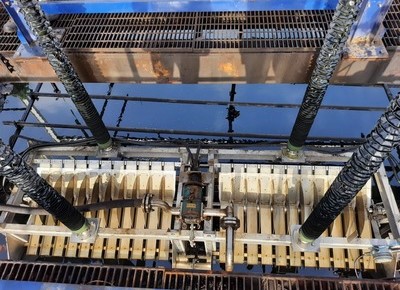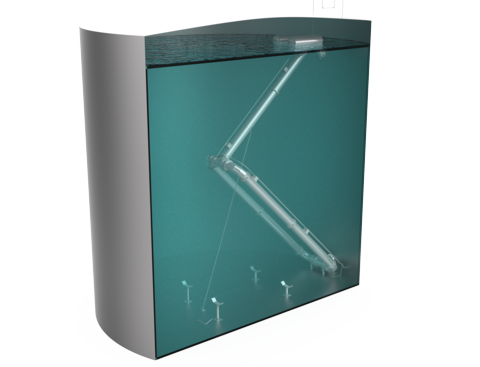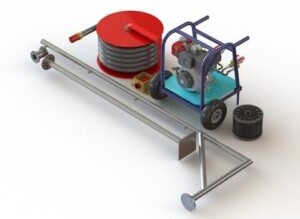Manual & Automatic Screens In Water Treatment

Screening is the first unit operation in water treatment deployed to retain suspended or floating coarse materials. These materials may consist of wood, plastics, rags, paper, cloth, etc in the influent water. Screens are deployed at the headworks as it is important to remove these at the beginning of the treatment as they may cause damage to subsequent process equipment such as pumps, valves, pipelines, and impellers, reducing the overall treatment reliability and effectiveness.
At the water/wastewater treatment plant, influent water may contain different types of physical materials that cannot be retained using a single type of screen. Hence, varied sizes, capacities, and screen cleaning methodologies have been developed to effectively treat influent at different stages of treatment to suit the specific requirements.
Depending on the size of opening screens are classified as coarse, medium, or fine screens. Based on the cleaning methodology the types of screens used in water/wastewater treatment are categorized as manually cleaned bar screens and mechanically cleaned screens.
Manual Bar Screens
What are manual bar screens? As the name suggests these screens comprise vertical bars and are cleaned manually. These screens are usually set at an angle of 45o to increase the effective cleaning surface. Ideal for use in treatment plants with low influent capacity.
Advantages:
- Low equipment costs
- The manual bar screens have a good lifespan due to low mechanical components
- Easy to operate & maintain
- No need for a power supply to operate the screen
Disadvantages:
- Require dedicated labor
- High-flow events pose an efficiency challenge
Mechanical Bar Screen
Mechanical bar screens use an automated cleaning process to ensure that the screen is free from debris. Hence, they are also referred to as automatic bar screens. These screens are cleaned mechanically / automatically and, therefore, do not require human intervention as in the case of manual bar screens.
Mechanical/automatic bar screens that are widely used are chain-driven screens, catenary bar screens, reciprocating rakes or climber screens, continuous belt screens, and arc screens. These screens mainly vary in the methodology used for cleaning debris.
An overview of automatic bar screens will help you understand the screen types, their advantages & shortcomings:
Screen Type | Advantages | Drawbacks |
Chain Driven Screen |
|
|
Reciprocating Rakes / Climber Screen |
|
|
Continuous Belt Screen |
|
|
Catenary Bar Screen |
|
|
Arc Screen |
|
|
Efficiency
The efficiency of the above-mentioned screens varies due to the difference in their design and operations. However, the primary factor that governs screening efficiency is the spacing between screen bars.
- – Fine screening – spacing under 10 mm
- – Medium screening – spacing between 10 to 40 mm
- – Coarse screening – spacing over 40 mm
Also, the length and slope of the collection system, the presence of the pumping station, and the flow rate largely contribute to screening efficiency.
Operation and Maintenance of Screens
In the case of manual bar screens, the operation is labor-intensive. At regular intervals, screens are manually raked onto a perforated plate for drainage before disposal. The raking intervals get reduced during high-load flow thereby making operation more labour-intensive. At the same time maintaining a manual bar screen is easy. There are no moving parts resulting in negligible maintenance costs.
Automatic bar screens are easy to operate. They are typically operated on either of the three combinations which are:
- ● Manual start/stop
- ● Automatic start/stop on the timer
- ● Automatic start/stop on the differential head
Activation of automatic/mechanical bar screens is triggered by remote sensing of flow into the screening channel or water level in the screening channel. These operate efficiently during high loads and require minimum labor for operations at all times. Maintenance of automatic bar screens is time-consuming and expensive compared to manual bar screens. The screens should be regularly checked for possible breakage or deformation of rake teeth. Automatic bar screens have several moving parts that may require attention and replacement.
Bar screen is vital to primary wastewater treatment. Depending on site conditions such as flow rate, infrastructure, solid load, operational and maintenance cost consideration an appropriate type of bar screen should be identified. It will ensure downstream equipment protection and improved treatment efficiency.
Frequently Asked Questions
Q.1 Can an oil water separator help save costs for businesses in the long run?
A. Yes, an oil-water separator can indeed help businesses save costs in the long run. By efficiently removing oil and contaminants from water before disposal, these separators not only help businesses adhere to environmental regulations but also prevent costly fines. Additionally, the recycled water can be reused within the business processes, reducing water consumption expenses over time.
Q.2 Why are sluice gates important in managing water flow?
A. Sluice gates are vital for water flow management as they control water levels in rivers, canals, and reservoirs. They prevent floods by regulating water during heavy rainfall and ensure a steady water supply for irrigation. This control minimizes flooding risks, optimizes water usage, and maintains aquatic ecosystems.
Q.3 What are the key benefits of using a floating oil skimmer in oil spill response?
A. Using a floating oil skimmer offers several key benefits in oil spill response. It efficiently removes spilled oil from water surfaces, preventing its spread and minimizing environmental damage. Additionally, these skimmers are versatile, able to handle various types of oils and water conditions, making them an essential tool for effective and timely cleanup operations.





